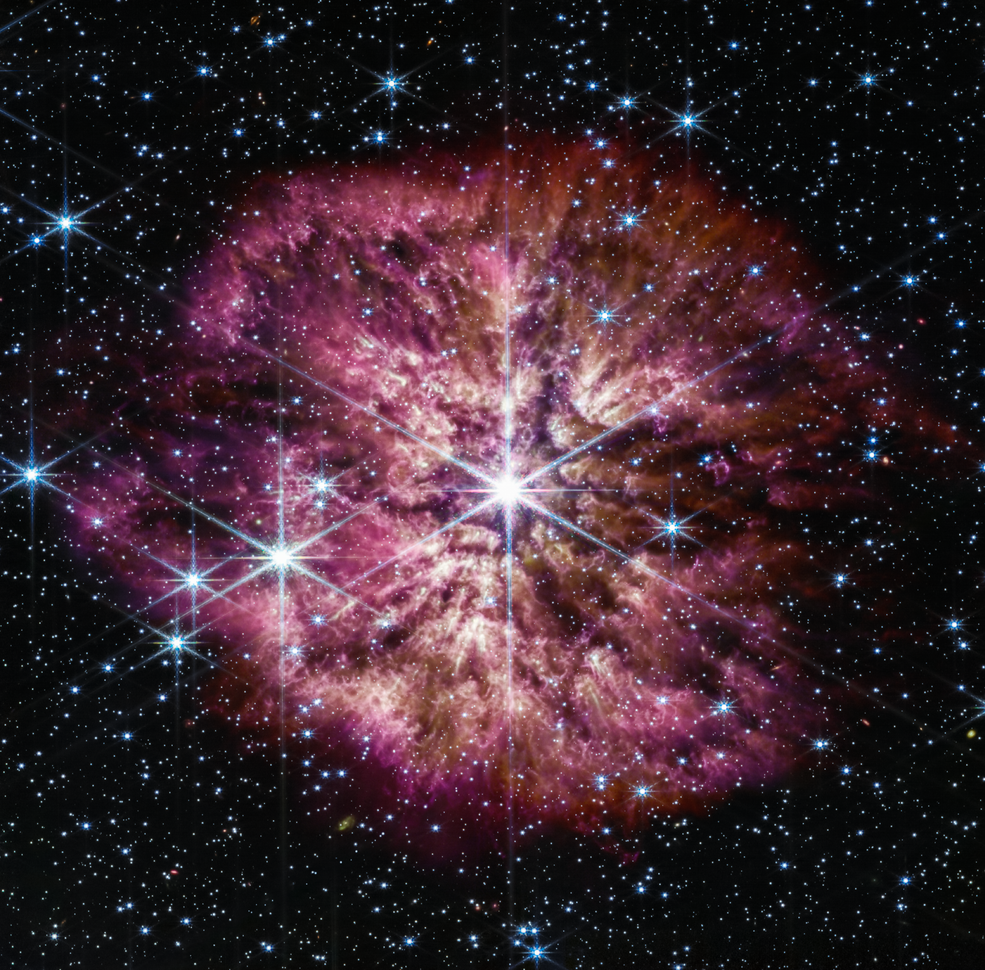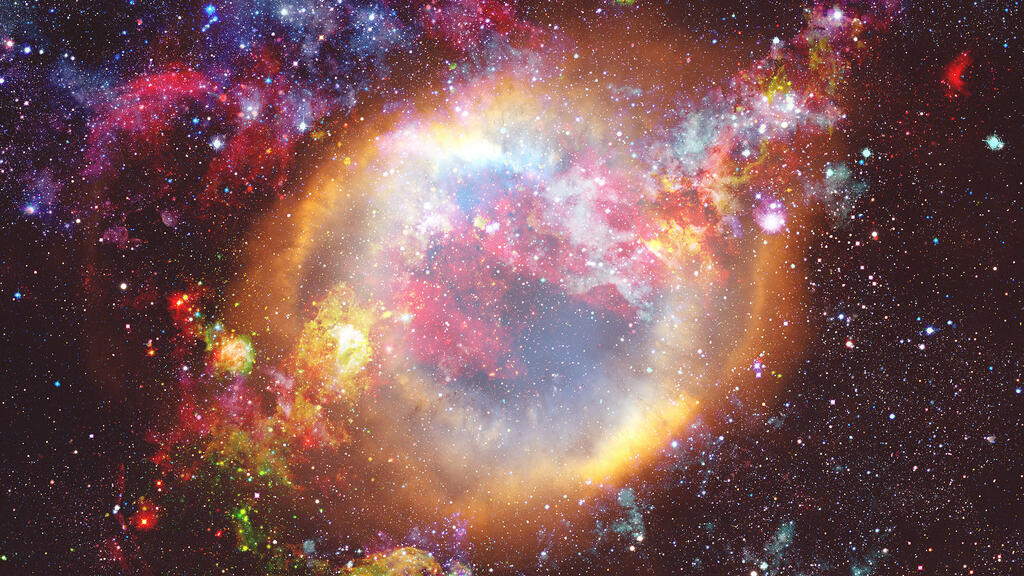A new study conducted by researchers from the University of Amsterdam and Tel Aviv University offers a solution to two scientific mysteries – the nature of the rare star known as a quasi-Wolf-Rayet star and a possible source for the formation of magnetars.
More stories:
The study sheds light on the enigma of the quasi-Wolf-Rayet star through new, highly precise observations using the Canada–France–Hawaii Telescope (CFHT), located on Mauna Kea in Hawaii.
2 View gallery


Wolf-Rayet 124 (WR 124) as seen from the James Webb Telescope
(צילום: NASA, ESA, CSA, STScI, Webb ERO Production Team)
The observations reveal that the rare star is characterized by the strongest magnetic field ever measured in massive stars. Researchers at Tel Aviv University said that this is the first time that scientists have successfully measured a magnetic field in a massive helium star (a Wolf-Rayet star).
They also believe that there may be a connection between this discovery and the formation of magnetars, which are created through the combination of a supernova explosion and a strong magnetic field.
The study was conducted by Dr. Tomer Shenar from the University of Amsterdam and Dr. Avishai Gilkis from Tel Aviv University’s Institute of Astronomy. and was published in the prestigious Science journal.
Wolf-Rayet stars are massive stars with extreme characteristics, the researchers said. They’re among the hottest and brightest stars known in astronomy and are characterized by powerful stellar winds that expel immense amounts of gas into space. Their fate is to either explode in a supernova or collapse into a black hole.
Wolf-Rayet stars are incredibly rare - among the over 100 billion stars in the Milky Way galaxy, only a few hundred to a few thousand of this type exist. An even rarer type of star is called a quasi-Wolf-Rayet star, and only one such star is known - the star HD45166, is located about 3,000 light-years away from Earth.
This enigmatic star shares characteristics with Wolf-Rayet stars, but it is less bright and less massive. It doesn't appear exactly like any other Wolf-Rayet star, which is why it has remained a mystery despite over a century of observations.
 Dr. Tomer ShenarPhoto: Dr. Yair Harkebi
Dr. Tomer ShenarPhoto: Dr. Yair Harkebi"I remember having a moment of enlightenment while reading the literature: What if the star is magnetic?" Shenar said. The new observations on HD45166, combined with previous observations from the La Silla Observatory of the European Southern Observatory (ESO) in Chile, confirm his hypothesis.
The study’s findings reveal that the star's measured radiation spectrum indicates a very strong magnetic field, measuring 43 kilogauss. This is the first time that a magnetic field has been measured in such a star, and it's the strongest magnetic field ever measured in a massive star and indicates a star that will eventually end its life in a core-collapse supernova explosion.
 Dr. Avishai GilkisPhoto: Dr. Yair Harkebi
Dr. Avishai GilkisPhoto: Dr. Yair Harkebi"Looking at simulations of star evolution, we propose a scenario where the star forms from a merging of two previous stars, and is destined to explode in a supernova in a few million years,” Gilkis said. “What’s left after the supernova explosion, combined with the strong magnetic field, will ultimately create a magnetar. Magnetars are neutron stars, the densest objects in existence, with the strongest magnetic fields in the universe, but their origin has been a mystery until now," he said.
"It's exciting to uncover a new type of astronomical object, especially when it has been right under our noses for a long time. We hope that in doing so, we’ve solved two fascinating scientific mysteries." Shenar said.


